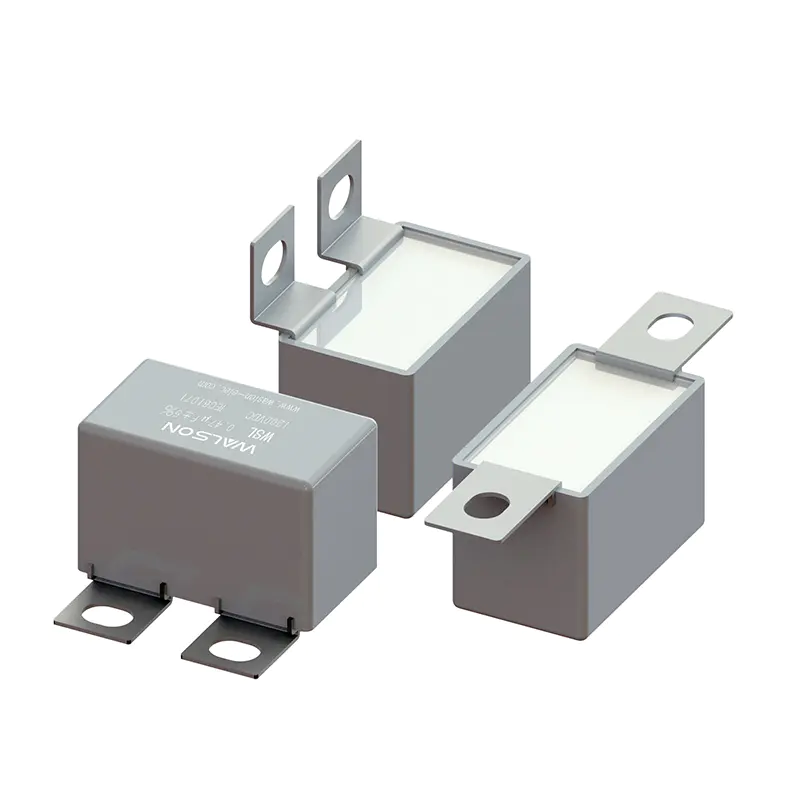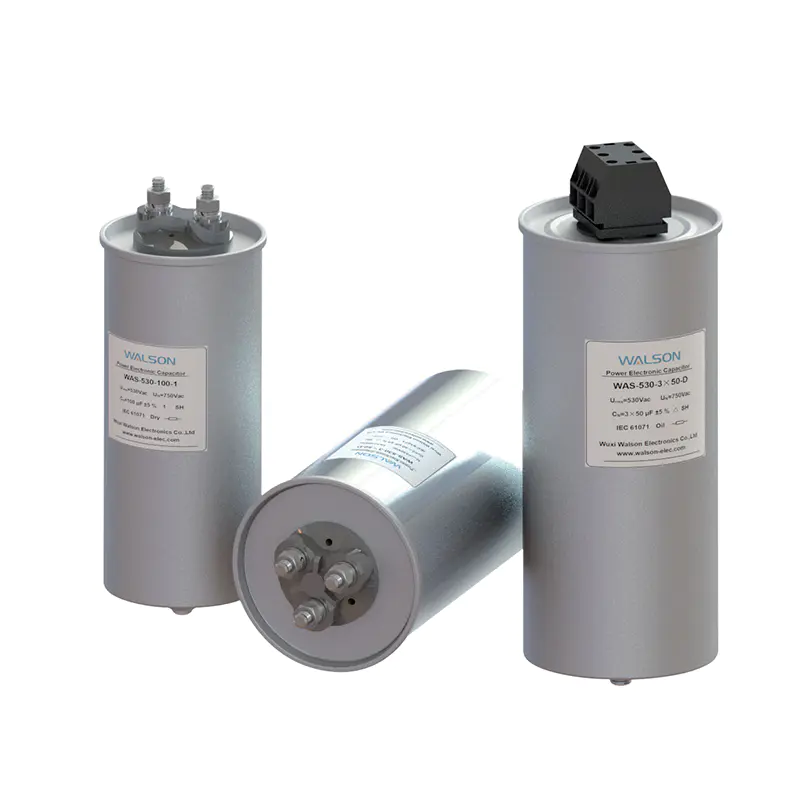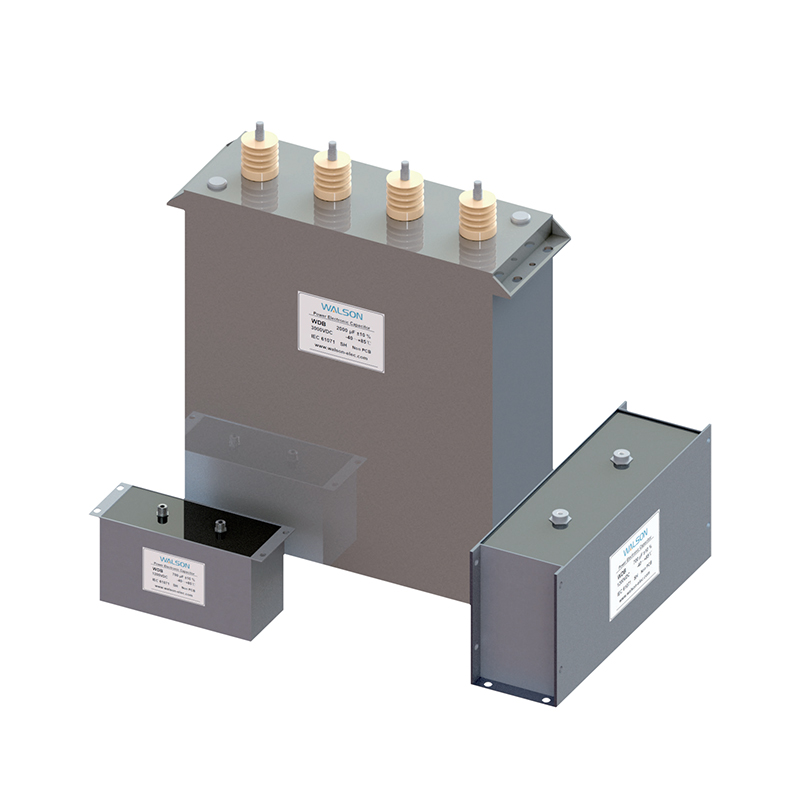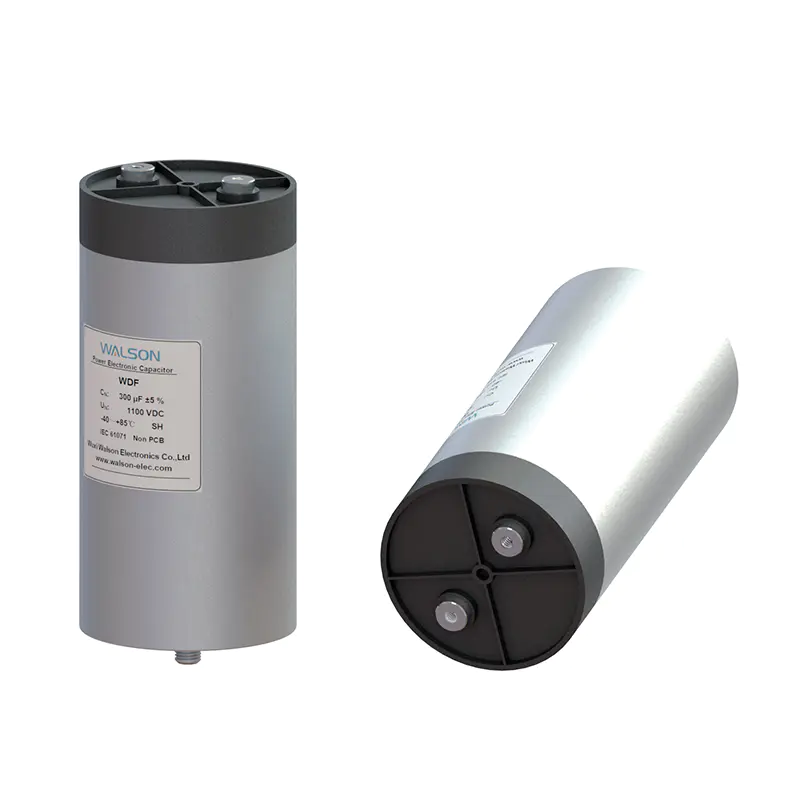- Home
- Products
- Applications
- Capacitors for Household Appliances
- Capacitors for Power Supply
- Capacitors for LED Lighting
- Capacitors for Mobile And DSL Appliances
- Capacitors for Automotive& Vehicles
- Capacitors for Photovoltaic Inverters
- Capacitors for Wind Power Plants
- Capacitors for Renewable Energy Systems
- Capacitors for Induction Heating
- Capacitors for Medical Equipments
- Capacitors for Industrial Control
- Capacitors for Power Electric
- Capacitors for Rail Transit
- Capacitors for Smart Grid
- Capacitors for University & Research Instituite (High Energy Physics)
- About Us
- News
- Contact Us
-
- Capacitors for Household Appliances
- Capacitors for Power Supply
- Capacitors for LED Lighting
- Capacitors for Mobile And DSL Appliances
- Capacitors for Automotive& Vehicles
- Capacitors for Photovoltaic Inverters
- Capacitors for Wind Power Plants
- Capacitors for Renewable Energy Systems
- Capacitors for Induction Heating
- Capacitors for Medical Equipments
- Capacitors for Industrial Control
- Capacitors for Power Electric
- Capacitors for Rail Transit
- Capacitors for Smart Grid
- Capacitors for University & Research Instituite (High Energy Physics)
Web Menu
- Home
- Products
- Applications
- Capacitors for Household Appliances
- Capacitors for Power Supply
- Capacitors for LED Lighting
- Capacitors for Mobile And DSL Appliances
- Capacitors for Automotive& Vehicles
- Capacitors for Photovoltaic Inverters
- Capacitors for Wind Power Plants
- Capacitors for Renewable Energy Systems
- Capacitors for Induction Heating
- Capacitors for Medical Equipments
- Capacitors for Industrial Control
- Capacitors for Power Electric
- Capacitors for Rail Transit
- Capacitors for Smart Grid
- Capacitors for University & Research Instituite (High Energy Physics)
- About Us
- News
- Contact Us
Product Search
Exit Menu
Research on Winding Process and Post-processing Technology of CBB11 Inductive Metallized Foil Polypropylene Film Capacitor
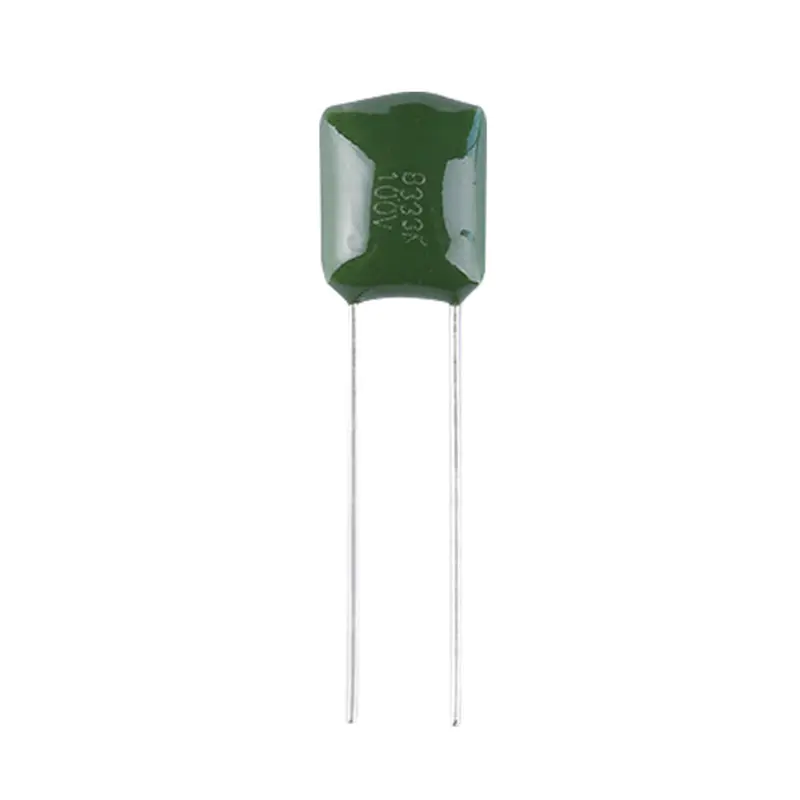
Research on Winding Process and Post-processing Technology of CBB11 Inductive Metallized Foil Polypropylene Film Capacitor
1. Precision Winding Process of Metallized Film and Insulating Dielectric Layer
The winding process is a key step in the manufacturing process of CBB11 inductive metallized foil polypropylene film capacitor, and its quality directly affects the electrical performance and mechanical stability of the capacitor. This process requires the metallized film and the insulating dielectric layer to be alternately wound according to a specific structure to form a tight and uniform cylindrical core. This process requires extremely high precision of the production equipment, and it is necessary to ensure that the tension of the film during the winding process remains constant and moderate. Excessive tension can easily cause deformation of the film or damage to the metal layer, while too little tension will cause the winding structure to be loose, affecting the mechanical strength and electrical performance of the capacitor.
During the winding process, the alignment control of the film is also crucial. Each layer of the film must maintain precise edge alignment, and any slight deviation may cause uneven distribution of the electric field inside the capacitor, thereby affecting its withstand voltage and service life. Modern advanced production equipment is usually equipped with a high-precision photoelectric alignment system that can monitor and adjust the film position in real time to ensure the accuracy of the winding process. At the same time, the winding speed also needs to be carefully controlled. Too fast a speed may cause film stress accumulation, while too slow a speed will affect production efficiency.
The cleanliness and temperature and humidity conditions of the winding environment should not be ignored. A clean environment can prevent foreign particles from being rolled into the film layers, while suitable temperature and humidity help maintain the dimensional stability of the film. Only through these precise controls can the wound core be ensured to have a uniform and dense structure, laying a good foundation for subsequent processes.
2. Hot pressing shaping process and its impact on the core structure
The wound cylindrical core needs to be shaped by hot pressing, which is crucial to stabilizing the structure of the capacitor. The hot pressing process is usually carried out in special equipment, and the ideal bonding state between the layers of the core film is achieved through precisely controlled temperature and pressure. The choice of temperature needs to take into account the characteristics of the polypropylene material, which must ensure sufficient softening to achieve close bonding between the layers, and avoid excessive temperature that causes material degradation or changes in the performance of the metal layer.
The setting of pressure parameters also requires caution. Moderate pressure can eliminate the tiny gaps formed during the winding process and enhance the contact between layers, but excessive pressure may cause film deformation or damage the continuity of the metal layer. Hot pressing time is also a key variable. It is necessary to ensure that there is enough time for the heat to be evenly transferred to the inside of the core, but it should not be too long to avoid affecting production efficiency.
The optimized hot pressing process can make the core form a stable three-dimensional network structure, significantly improving the mechanical strength and dimensional stability of the capacitor. Good hot pressing treatment can also improve the thermal contact between the film layers, which is conducive to the heat dissipation of the capacitor during operation. In addition, this process can also eliminate the internal stress generated during the winding process and reduce the performance changes caused by stress release during the use of the capacitor.
3. End face electrode formation process and technical points
The core after hot pressing needs to form a reliable electrode connection on both end faces, which is usually achieved through metal spraying. The electrode formation process plays a decisive role in ensuring the low contact resistance and good current conduction capability of the capacitor. Before spraying, the end face of the core needs to be properly surface treated to ensure that the metal layer can be firmly attached. This includes cleaning the end face to remove possible contaminants and oxide layers, and sometimes a slight roughening process is required to increase the surface area.
Metal spraying is usually performed using thermal spraying technology, where molten metal particles are sprayed at high speed onto the end face of the core. The choice of spray material needs to consider its conductivity, solderability and compatibility with the thin film metal layer. The thickness of the metal layer needs to be controlled during the spraying process. Too thin may increase the contact resistance, while too thick may cause mechanical stress or add unnecessary volume.
The spraying process also needs to ensure that the metal layer covers the entire end face evenly, avoiding uncovered areas or uneven thickness. Modern production lines often use rotary spraying technology to rotate the core at a constant speed during the spraying process to obtain a uniform metal coating. After spraying, appropriate post-treatment, such as low-temperature annealing, is usually required to enhance the cohesion and adhesion of the metal layer.
High-quality end face electrodes should have low resistance, high mechanical strength and good environmental stability to maintain reliable electrical connections throughout the service life of the capacitor. The quality of this process directly affects the equivalent series resistance (ESR) and frequency characteristics of the capacitor, and is one of the key links to ensure the high performance of the capacitor.
IV. Energizing treatment process and its improvement on capacitor performance
Energizing treatment is a special process in the manufacturing process of inductive metallized foil polypropylene film capacitors. By applying an electric field higher than the rated working voltage to the capacitor under controlled conditions, the dielectric performance is optimized and stabilized. This process can effectively eliminate the microscopic defects that may exist in the polypropylene film and significantly improve the reliability and long-term stability of the capacitor.
During the energizing process, the application of voltage needs to follow a carefully designed boosting procedure, usually using a slow step-by-step boosting method to allow the capacitor to gradually adapt to the high electric field strength. The temperature control of the processing environment is also very important. Appropriate temperature can promote the molecular structure adjustment of the dielectric material, but too high temperature may cause changes in material properties. The energizing time needs to be long enough to ensure the treatment effect, but it should not be too long to avoid affecting production efficiency.
A scientifically designed energizing treatment can bring about many performance improvements: it can "repair" weak points in the dielectric, and form a stable insulating structure in these areas by inducing local discharge under controlled conditions; this process can balance the electric field distribution in the dielectric and reduce the local field strength concentration phenomenon; the energizing treatment can also stabilize the capacitance value of the capacitor and reduce parameter drift during subsequent use.
It is worth noting that the effect of the energizing treatment is persistent, which can significantly extend the service life of the capacitor and improve its reliability in harsh environments. Although this process increases manufacturing costs and time, it is an indispensable key step for the production of high-quality capacitors.
V. Quality control methods for winding process and post-processing
In order to ensure that the winding and post-processing processes of inductive metallized foil polypropylene film capacitors achieve the expected results, a strict quality control system must be established. This system should include multiple links such as online detection, process monitoring and finished product testing to form a comprehensive quality assurance network.
In the winding process, real-time monitoring of film tension and alignment is a basic requirement. Advanced equipment is usually equipped with high-precision sensors and feedback systems that can adjust process parameters in real time. It is also necessary to regularly sample and check the cross-sectional structure of the winding core to visually evaluate the winding quality. The hot pressing process requires monitoring key parameters such as temperature, pressure and time to ensure the consistency of processing conditions for each batch of products.
For the end face electrode formation process, contact resistance testing and visual inspection are commonly used quality control methods. The spraying quality can be evaluated by sampling and measuring the conductivity of the electrode and observing the uniformity of the coating. The empowerment process requires recording the processing parameters of each batch of products and verifying the processing effect through a withstand voltage test.
The final quality verification should include key parameter tests such as the capacitor's capacity, loss angle, insulation resistance and withstand voltage strength. For applications with high reliability requirements, environmental tests and accelerated life tests are also required to comprehensively evaluate product performance. By establishing a complete quality traceability system, the performance data of each capacitor can be associated with its production process parameters, providing data support for process optimization.

 简体中文
简体中文 English
English Español
Español